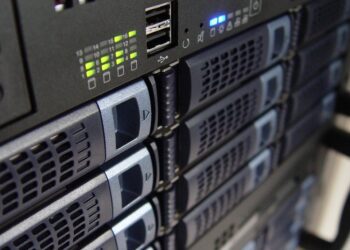Advancements in robotics and automation technology have revolutionized the way we work and live. From manufacturing plants to retail stores, robots are increasingly being used to perform tasks that were once carried out by humans. While this technology has the potential to improve efficiency, productivity, and safety in the workplace, there is growing concern about its impact on the workforce.
One of the biggest debates surrounding the use of robotics in the workforce is whether it will result in job displacement or job creation. Some experts argue that the increasing usage of robots will lead to widespread job loss, as machines take over tasks that were previously performed by humans. According to a study by Oxford Economics, up to 20 million manufacturing jobs around the world could be displaced by robots by 2030.
On the other hand, proponents of robotics technology argue that it will lead to job creation in new industries and sectors. They believe that robots will create new job opportunities for engineers, programmers, technicians, and other skilled workers who are needed to design, build, and maintain these machines. In addition, the increased efficiency and productivity brought about by robots could lead to lower costs, increased demand, and ultimately, the creation of more jobs in the long run.
One example of how robotics technology has led to job creation is the growth of the drone industry. Drones are being used in a variety of industries, including agriculture, construction, and entertainment, creating new job opportunities for pilots, technicians, and data analysts. Similarly, the growth of autonomous vehicles has created jobs for software developers, engineers, and safety inspectors.
It is important to note that the impact of robotics on the workforce will vary depending on the industry and the specific tasks being automated. For some industries, such as manufacturing, the use of robots may lead to job displacement, while in others, such as healthcare or customer service, it may lead to job creation.
To mitigate the negative impact of robotics on the workforce, policymakers, businesses, and educators must work together to retrain workers for new roles, foster entrepreneurship, and promote lifelong learning. Investing in education and training programs that enable workers to develop skills that are in high demand in the robotics industry will be crucial in ensuring a smooth transition to a more automated workforce.
In conclusion, the impact of robotics on the workforce is a topic of ongoing debate. While there is concern about the potential job displacement caused by automation, there is also optimism about the new opportunities that robots will create. By embracing robotics technology and preparing workers for the future, we can ensure that the workforce remains resilient and adaptable in the face of technological change.








